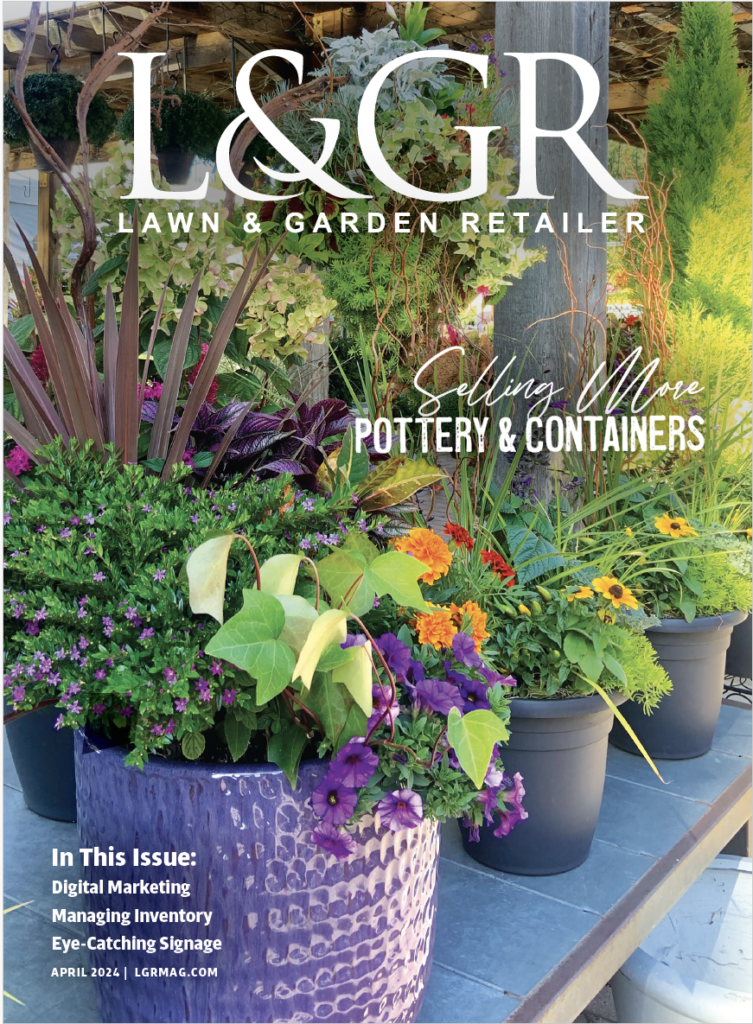Streamline Your Operations
Have you ever stood in the backroom scratching your head, trying to figure out why there is a disparity in your inventory? Ever wished your staff could spend more time on customer relations and less time chasing mistakes? Are you making decisions based on past experiences, educated guesses or rough estimates? Are you concentrating more on increasing sales than controlling expenses?
If you are having problems with efficiency and cost, there is a solution. Imagine being able to generate reports based on items sold, inventory turns, dead inventory, your top and bottom sellers, labor costs and open-to-buy forecasting. Imagine making better use of your personnel, freeing them to spend more time doing what you really want them to do: help customers.
You can eliminate persistent problems and streamline your business, decreasing costs while increasing profitability. Help your garden center grow and flourish by investing in retail business management software.
Why Bother?
If your sales are steady or increasing, then why should you invest in a point-of-sale (POS) system and integrating programs such as accounting and inventory management? It sounds like a lot of work, and a large investment, for most independent garden centers. However, the bottom line is not your sales it’s your profit. The key to increased profitability is control of expense.
How much money do you really want tied up in inventory? Systems that generate data you can process with software will allow you to lower the cost of the goods you’ve sold. Sales and promotions tracking, markdown management and price consistency provide a level of control that cash registers simply cannot. Making use of these systems will allow you to keep an eye on your business when you can’t actually be on site. Still think these systems are only for the big boxes and out of your reach?
Real-Time Data Brings Long-Term Results
Stan Pohmer, CEO of Pohmer Consulting Group, executive director of the Flower Promotion Organization and Lawn & Garden Retailer columnist, says independent garden centers can’t afford not to put money into these systems.
“It is an investment, not an expense,” he says. The systems that the big boxes use can be applied on a smaller scale. Retail POS systems do much more than credit-card processing and employee tracking. Modern retail management software can include fully integrated accounting, payroll, inventory management, customer relations management, and real-time labor and cost reports. These are the tools that make tracking sales and inventory automatic, allowing your staff more face time with customers. With real-time data, you can respond to fluctuations in product demand.
“From a financial standpoint, it lets you see where your cash flow is,” Pohmer explains. Managing your business in a more efficient manner frees you from tedious tasks and makes it easier to lower your costs and increase your profitability. You also can respond to fluctuations in product demand, which can make operating your business less stressful during peak buying seasons. Sharpen the focus of your business with daily snapshots showing the rate at which products are moving. “Make data-driven decisions, rather than ‘gut’ or emotionally driven ones,” Pohmer says. Of course, you will have to interpret the data correctly in order to make informed decisions, but the data will be more accurate, up to date, and precise.
Time Is Money
Unrecorded sales, inventory disparities and the time wasted fixing these mistakes keep employees off the floor. Time spent on payroll, accounting and purchasing can be reduced with the use of retail business management software. That time could be put to better use working on creative and innovative ideas for your business. POS systems identify inventory levels and record every sale.
Modern POS systems have receiving and inventory modules that will pinpoint the cause of disparities in inventory levels and help clear up the confusion. Using the data in the POS to generate reports gives you the tools to lower your cost of goods sold (COGS), which is one of the keys to increased profitability. A report on inventory turns will allow you to see just how much you have tied up in slow inventory. In the garden center business, slow inventory turns mean a lack of freshness and a possible loss.
Dead inventory is even worse. A report on dead inventory will show what isn’t selling at all and must be removed. An items-sold report details what is hot in the store at the moment. You can print these reports daily, weekly or for any period you desire to get a clear picture of what is selling best.
Maintain Relevance Into the Future
Most consultants for independent garden centers emphasize lowering expense over increasing sales to increase your business’ profitability. “Cost of goods sold, or COGS, is by far the biggest culprit in decreasing profitability. Conversely, it is also the largest area of opportunity for increasing profitability,” writes Stephen Bailey, a financial analyst consultant, on the Garden Center Group’s website. “Maintaining sales while lowering COGS yields increased margin dollars. And margin dollars are what pays the bills: operating expenses, wages and wage benefits, and profitability.”
Most independent garden center owners wonder how much all of this will cost and whether it will pay off in the end. “Having access to and using the same data the boxes have takes away one of their competitive advantages,” Pohmer says. So, how much should you invest? And is your business ready for this kind of investment? Pohmer says there is no magic number or set point at which an independent garden center should begin to think about investing in retail business management software. “The key is the degree you want to invest and the payback you expect,” he says. It is not like purchasing a new machine, which is an expense that may improve efficiency but decreases in value. One must think of this as an investment in the future of the business. These are the tools you need to thrive in today’s competitive economy.
Down to Brass Tacks
If you are curious about the numbers, financial consultant Bailey provides some ballpark figures on the Garden Center Group’s website to help owners decide whether it is time to invest and exactly how much it will cost. “Through my experience installing POS systems, I’ve been able to measure the overall cost of installing systems in garden centers,” Bailey writes. “Depending upon the type of system purchased, average per-terminal cost ranges from $5,000 to $7,500. This includes networking, hardware and software as well as installation costs.
“All installations should include a server and back-office workstation. Add to these two the number of sales terminals you currently have or plan to have. The total number of terminals generally ranges from four to 10. As you can see… a POS system will run from $18,750 to $22,500 for a two office/one sales terminal installation, to a $50,000 to $75,000 price tag for a four office/six sales terminal operation.”
Bailey writes that a garden center should be installing these systems if its annual sales revenues reach $250,000. Of course, these figures are only estimates. The systems you decide to purchase and the software and options you choose will determine their final cost. As your business grows, you will need to acquire more capabilities. Researching the systems on the market or working with a consultant can help you determine exactly what is right for your business.
Remember, this is not an expense but an investment in the future of your business. It will allow you to remain competitive with the big boxes. It will ultimately decrease your costs, allowing for greater profitability. You will be provided with accurate data that you can interpret to make well-informed decisions. And in the end, automation will allow you and your employees more time to focus on customer service.
How the Boxes Do It
What systems do the big boxes like Home Depot use to track their sales and inventory? Originally, Home Depot used a manual, paper-based system for inventory ordering and a computer technician entered totals afterwards, according to Data Direct Technologies’ website, www.datadirect.com. When Home Depot began to grow into the giant it is today, it switched to a mobile ordering system and now uses Data Direct. This allows managers to scan items as they walk the aisles.
The scan gun communicates with an Informix database using integrating software called Sequelink. This system gives the manager information on weekly sales, inventory and charts sales against the same period last year. By using the software to integrate their data they simplify the ordering and inventory process for the department managers.

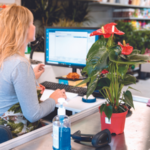
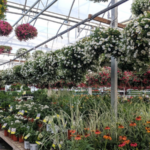


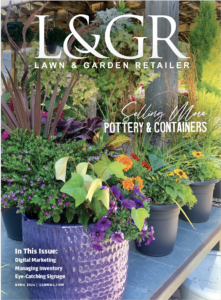


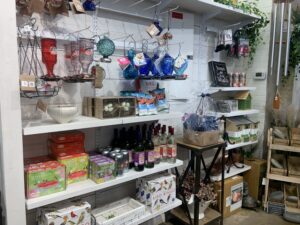
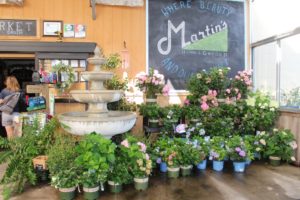

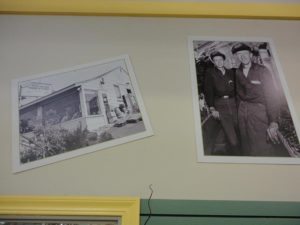
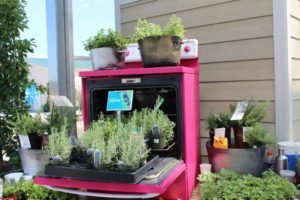
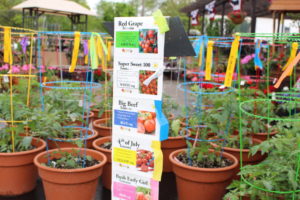

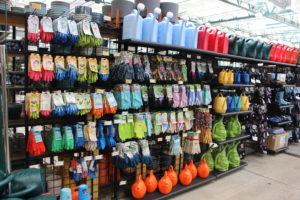

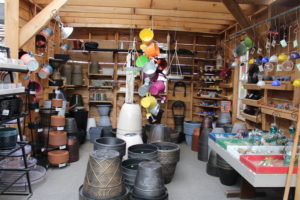
 Videos
Videos




